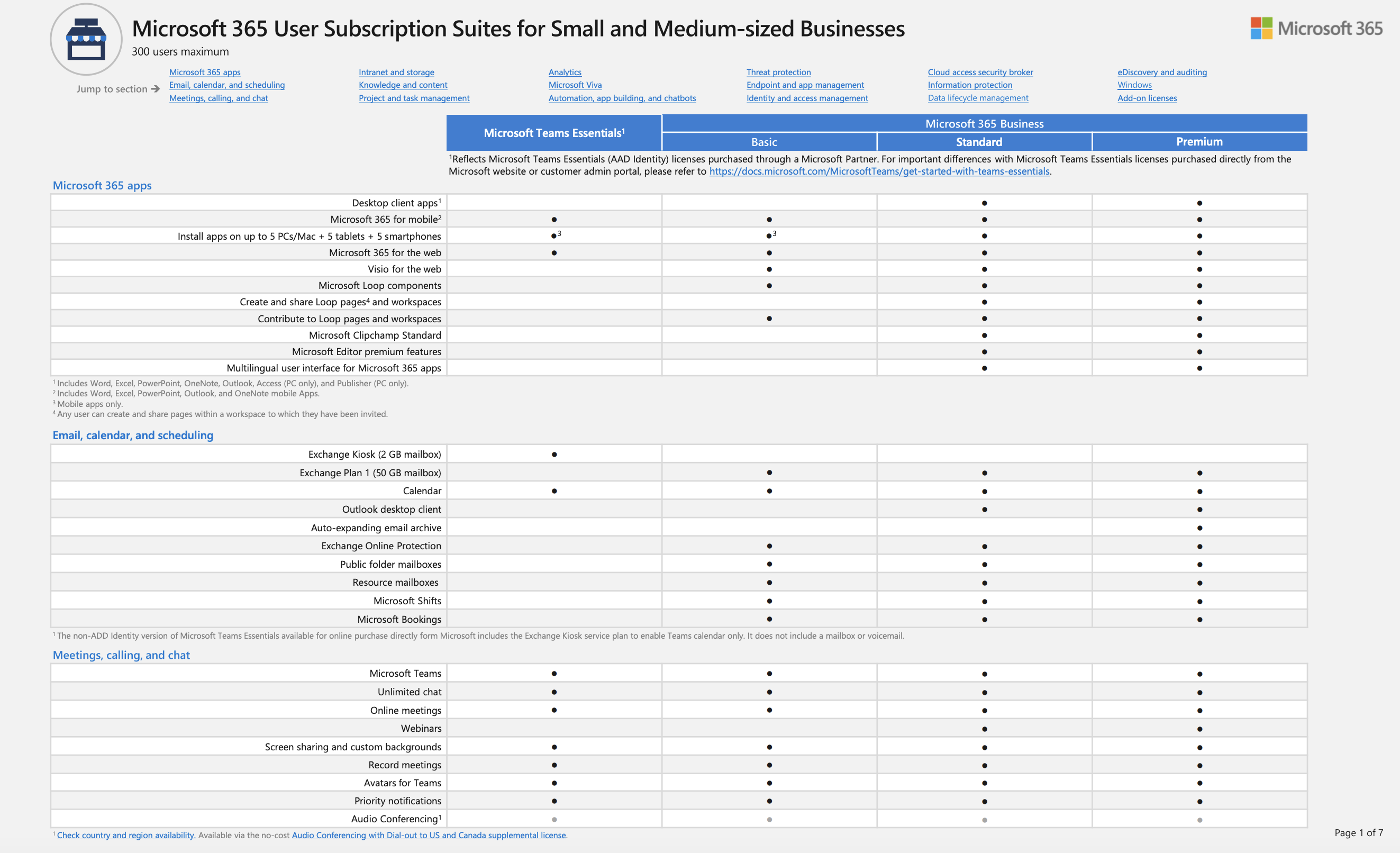In the world of IT, resilience and reliability are paramount. While large businesses like Netflix have popularised the concept of Chaos Monkey testing to ensure their systems can withstand unexpected failures, the same principles can be incredibly beneficial for SMEs.
So What is Chaos Monkey Testing?
Chaos Monkey is a concept developed by Netflix in 2011 to randomly introduce failures into its cloud infrastructure, such as terminating instances and services. The goal is to test the system’s ability to handle unexpected disruptions and maintain operations.
Why Should SMEs Consider Chaos Monkey Testing?
For SMEs, just like large businesses, downtime, data loss, and system failures can have severe impacts on business operations, customer satisfaction, and income. By adopting a Chaos Monkey approach, SMEs like yours can proactively identify and address potential weaknesses in their IT infrastructure, ensuring they are prepared for real-world events.
Implementing Chaos Monkey Testing in SMEs
Start Small and Plan thoroughly
- Assess Your Environment: Understand your IT estate, including servers, switches, wireless access points, power supplies, software and network components.
- Define Objectives: Outline what you want to achieve with Chaos Monkey testing. Are you testing for system resilience, backup effectiveness, or failover capabilities?
- Document Everything: Plan and document your tests. Include details about what will be tested, potential impacts, and what you’re going to do if it doesn’t go as planned.
Simulate Common Failures
- Server Reboots: Randomly reboot servers to test if your systems and applications can handle unexpected reboots without data loss or significant downtime – (pending Microsoft updates are a common gotcha here!)
- Network Disruptions: Turn off switches and firewalls or disconnect network leads to simulate network outages. Monitor how quickly and effectively your systems detect and recover from these disruptions.
- Power Failures: Test your uninterruptible power supply (UPS) systems by simulating power outages. Ensure critical systems remain operational and data is protected.
- Hardware Failures: If you’re prepared, simulate hardware failures by removing redundant power supplies, network cables, hard drives or other critical and redundant components. This can help test your backup and recovery procedures.
- Broadcast Storms: Introduce a broadcast storm to see how your network handles excessive traffic.
- Total Power Loss: Simulate a complete power loss to test the effectiveness of your disaster recovery plans and the readiness of your team to respond to such events.
Monitor and Analyse
- Real-Time Monitoring: Use monitoring tools to observe system performance during tests. Look for anomalies, bottlenecks, and points of failure.
- Post-Test Analysis: After each test, analyse the results to understand what went wrong, why it happened, and how it can be fixed.
Gradual Implementation
- Phased Approach: Start with less critical systems and gradually move to more essential components. This minimises any risk and allows you to build confidence in your testing process.
- Regular Testing: Make Chaos Monkey testing a regular part of your IT strategy. Regular, planned disruptions can help keep your systems resilient and your team prepared, though I would recommend doing this out of working hours.
Benefits of Chaos Monkey Testing for SMEs
- Increased Resilience: By regularly testing and improving your systems, you ensure they can withstand real-world disruptions.
- Proactive Issue Identification: Identify and address weaknesses before they cause significant problems.
- Improved Response Preparedness: Enhance your team’s ability to respond to unexpected failures quickly and effectively.
- Cost Savings: Prevent costly downtime and data loss by proactively strengthening your IT infrastructure.
Conclusion
While the idea of intentionally introducing failures might seem daunting, the benefits of Chaos Monkey testing for SMEs are substantial. By adopting this concept and scaling it to fit your business, you can build more resilient systems, better prepare for unexpected disruptions, and ultimately, ensure smoother and more reliable operations. Remember, it’s not about creating chaos for the sake of it but about controlled, planned testing to build a stronger, more robust IT environment. So, start planning your Chaos Monkey tests today and turn potential chaos into super-confidence in your systems.



